‘There’s just too much at risk’: Arizona closes forests to prevent extreme wildfires
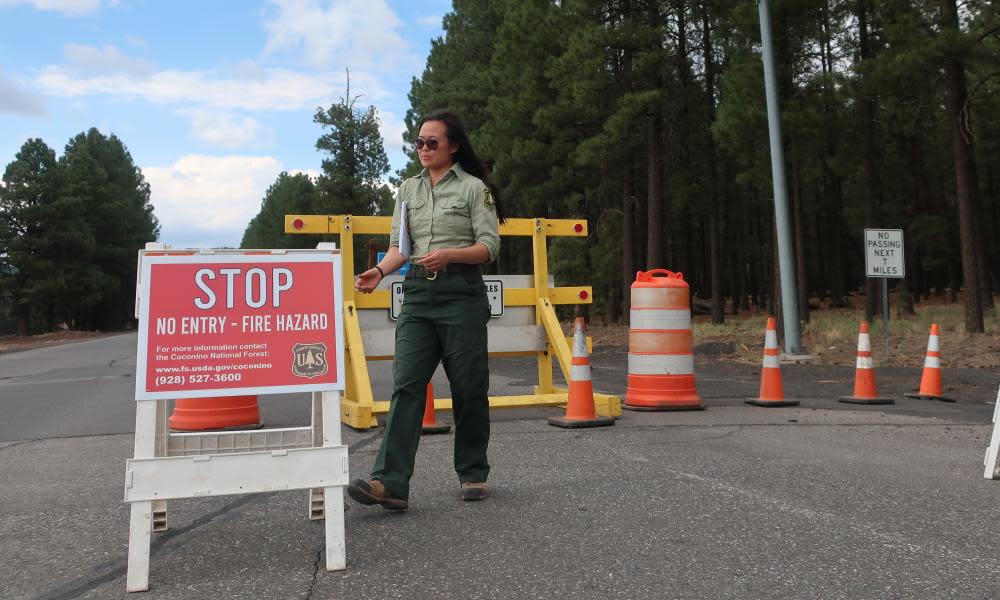
Escaping to the high country over the Fourth of July holiday is a cherished Arizona tradition. Desert dwellers tired of triple digit temperatures pitch their tents in forest service campgrounds, where night-time lows are often 40F (22C) cooler than in Phoenix. “Not this year” though, says Brady Smith, public information officer for the Coconino national forest.
As of Wednesday, the Coconino and Kaibab national forests –both high elevation recreation meccas – were completely and indefinitely closed in an attempt to protect the public and the environment from extreme wildfire danger.
“It is a delicate dance between providing public access and protecting the public as well as the resource,” says Smith of the agency’s decision to seal off the forest. “But public safety overrides access.”
Related: Telegraph fire burns more than 80,000 acres to become 10th largest in Arizona history
The 1.8m acre (728,000 hectare) Coconino national forest in northern Arizona encompasses some of the Grand Canyon state’s most popular recreation areas, including the red rock country of Sedona and the aspen covered trails of the San Francisco peaks that climb above 10,000 feet (3,000 metres) elevation. The 1.6m acre (650,000 hectare) Kaibab national forest also sprawls across northern Arizona and is home to the popular Grand Canyon north rim campgrounds that sit at a cool elevation of 8,000 feet (2,400 metres).
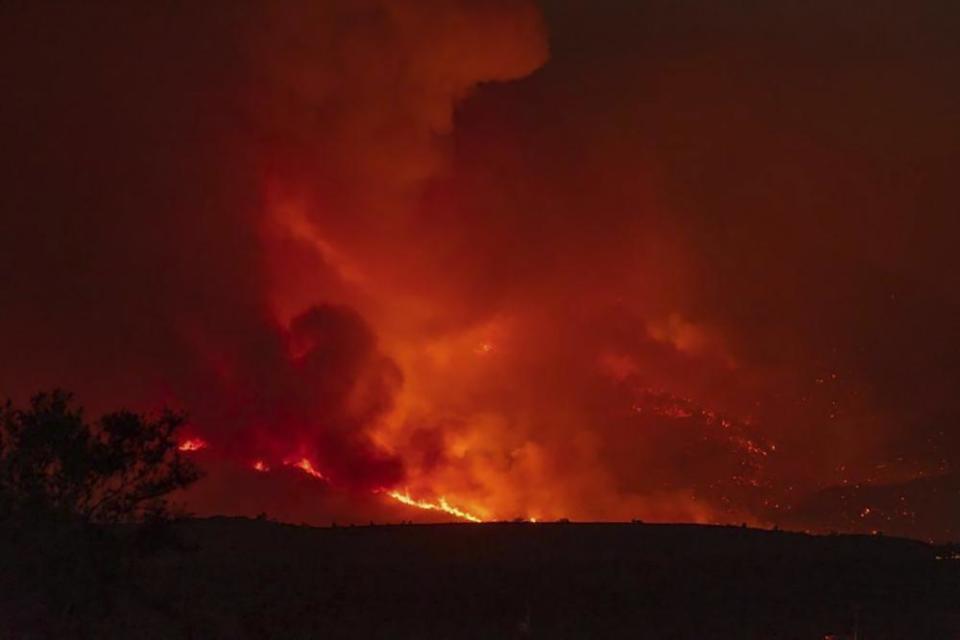
But sizzling temperatures and record low precipitation have turned Arizona’s high country into a tinder box. According to the 17 June, US Drought Monitor, most of Arizona and all of the high country was in either extreme or exceptional drought, the highest level. Meanwhile, federal land management agencies report more than 20 wildfires are burning on Arizona public lands. Fires are also raging elsewhere across the south-west and California following last week’s record heatwave.
A challenging fire season
One of the largest Arizona fires is the Rafael, which is burning approximately 16 miles (26 km) south-west of Flagstaff and has grown to more than 36,000 acres (14,500 hectares) since it started last weekend. Thousands of Flagstaff residents have been instructed to prepare for evacuation this week if the fire moves closer.
Located at an elevation of 7,000 feet (2,100 metres), Flagstaff is almost completely surrounded by the Coconino national forest. Historically, the proximity to public lands has been one of the city’s greatest assets but as climate crisis tightens its grip, the vast swaths of ponderosa pine forest have also become a liability.
In June 2010, the Schultz fire on the San Francisco peaks blew up just before Coconino national forest was to implement restrictions. It burned 15,000 acres (6,000 hectares) north-east of Flagstaff and was started by an abandoned campfire. Monsoon rains then washed over the burned area and caused flash floods that destroyed Flagstaff neighborhoods. One girl was killed as she was swept down a culvert by rising waters. After the destruction, many Flagstaff residents were outraged that the forest was not closed sooner.
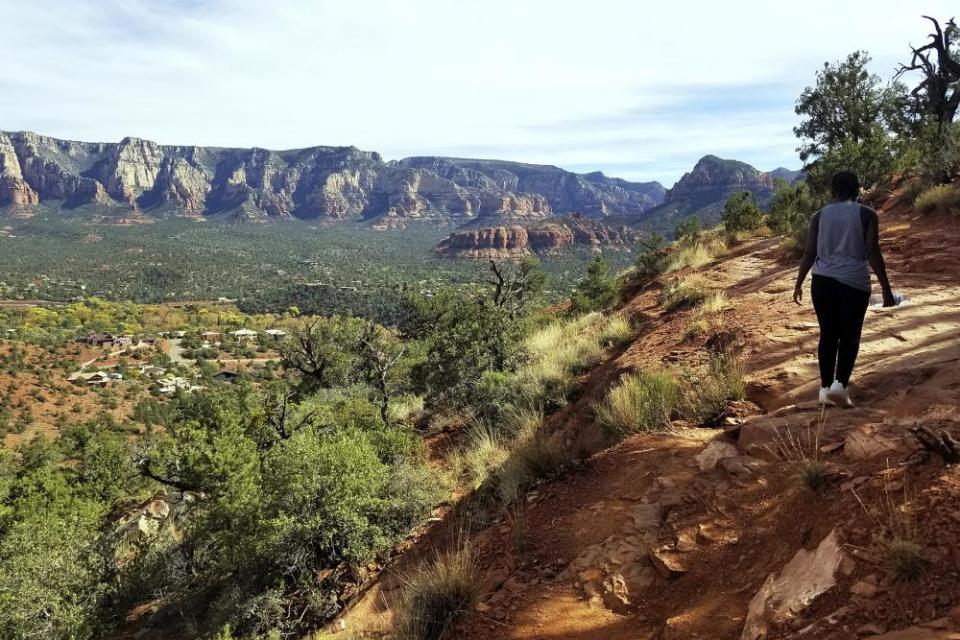
The last full closure of the Coconino national forest, which lasted for nine days, dates to 2006, although most popular regions in the forest were closed in the summer of 2018 due to fire danger. The first took place in 2002 and lasted nearly a month, during what was then the driest summer on record for northern Arizona.
However, this year’s fire season is just as dry and proving far more challenging than 2002. Firefighting resources are scarce as crews are already spread thin across the state. And unlike two decades ago, proven firefighting methods are alarmingly less effective, according to Coconino national forest fuels specialist Victor Morfin.
“Climate change has thrown us into a tailspin,” says Morfin. “We are having an unprecedented low success rate in our initial attempts to control the fires with strategies that have historically brought results.”
While firefighters typically make advances in the evening when the blaze cools, Morfin says fires this year have been burning all night. He was also shocked to see the Rafael fire tear through an area that burned just two years earlier and he thought would be immune.
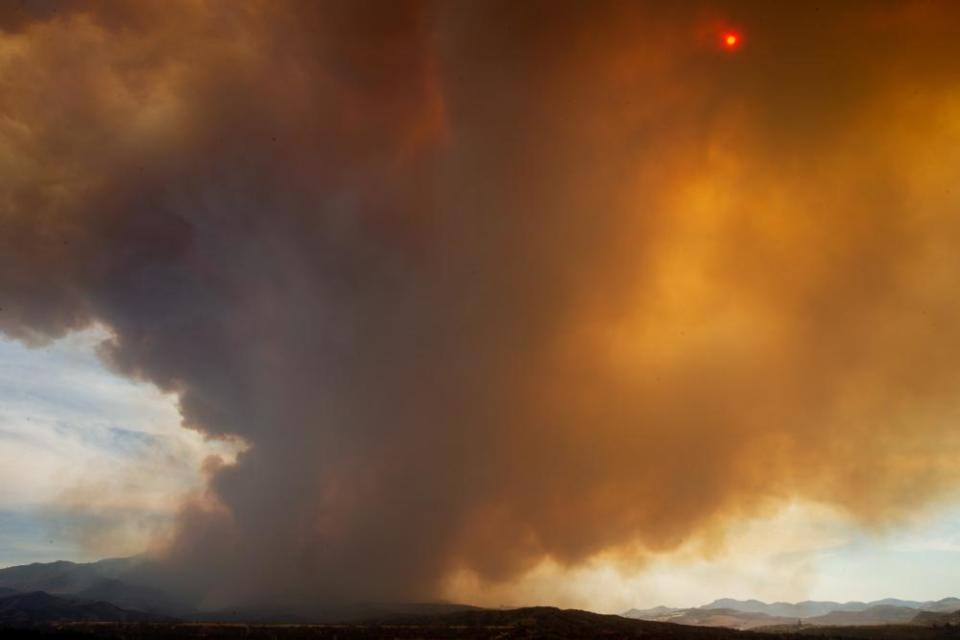
Morfin partly attributes the new fire behavior to prolonged drought and summer heat but he believes there are also other climate crisis factors at play that fire scientists do not yet fully understand. The Rafael fire started last Friday with a lightning strike and in just 48 hours exploded to encompass 20,000 acres (8,000 hectares) despite firefighting efforts.
“We try to keep the forest open as much as possible,” says Morfin, “but under these conditions we could lose everything with just one spark.”
‘All it takes is one irresponsible person’
After enduring last summer’s Covid restrictions, Flagstaff residents now find themselves in another kind of lockdown, barred from the forest trails that are the heart of the scenic mountain town. “We are so bummed,” says Scott Heinsius, owner of Cosmic Cycles, a Flagstaff mountain bike sales and rental shop. “People here are not used to full-on forest closures. Now there is nowhere to ride.”
Heinsius described a somber scene in Flagstaff this week where he and many friends were taking their “last” rides or hikes before the forest closed and ash from the Rafael fire rained down. He also expected to take a financial hit in the coming weeks as many tourists cancel their bike rental reservations due to lack of trail access. “It is depressing that this is just becoming part of our lifestyle,” he says of the fires and forest closures.
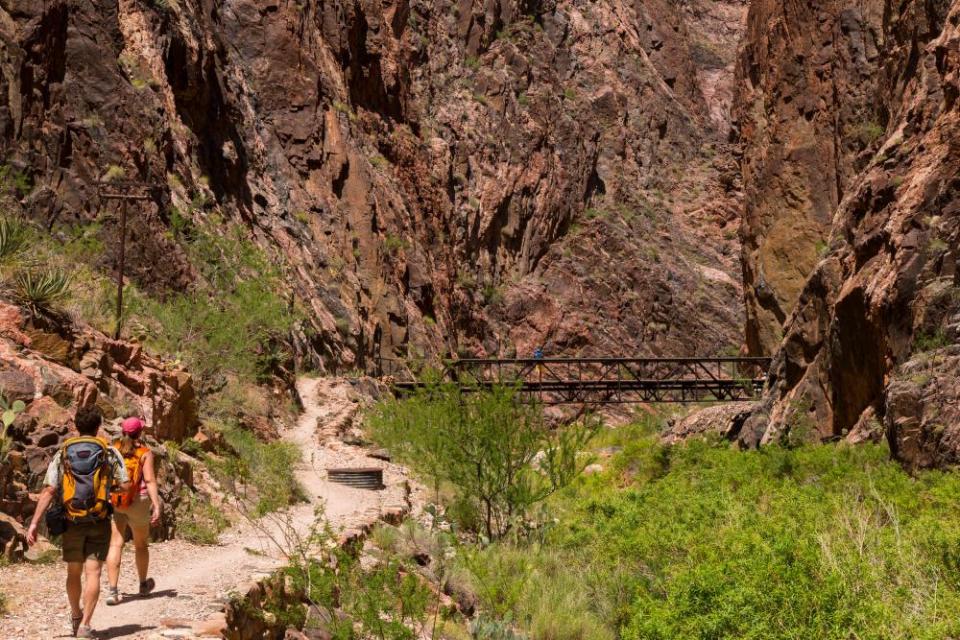
While most citizens agree there should be forest closures, not everyone agrees on how the restrictions should be implemented.
“It has always been frustrating to me that non-motorized day users like hikers and mountain bikers are kept out,” says Ken Lane who owns Absolute Bikes in Flagstaff and Sedona and has lived in Flagstaff for more than 30 years. “It is the campers with their ATVs and cigarettes who start the fires.” But Lane calls the current forest closure a “necessary evil” which he prefers over the risk of another fire such as Schultz.
In addition to Flagstaff area trails being off limits, the 40,000 acre (16,000 hectare) Backbone fire is ravaging the Mogollon Rim in central Arizona and several fires are burning across the White mountains in eastern Arizona. Multiple wildfires are raging in high elevation areas in the south-eastern part of the state, with the biggest being the 34,000 acre (14,000 hectare) Pinnacle fire in Coronado national forest. The Apache-Sitgreaves national forest in eastern Arizona and Prescott national forest in central Arizona implemented full closures today. Tonto national forest is partially closed.
Phoenix resident Kelly Vaughn blames climate crisis for her troubles pulling off an extended family camping trip. “It is much harder to plan expeditions in recent years,” she says. “Right now a lot of our favorite places are too hot or burned or without water.” Vaughn’s family was going to camp near Flagstaff this week but with the Rafael fire at 0% containment and the forest closed, they headed up to south-western Colorado instead. “I feel badly for all the people who recreate responsibly and are impacted by the closures,” she adds. “But there is just too much at risk right now. All it takes is one irresponsible person to walk away from a campfire.”
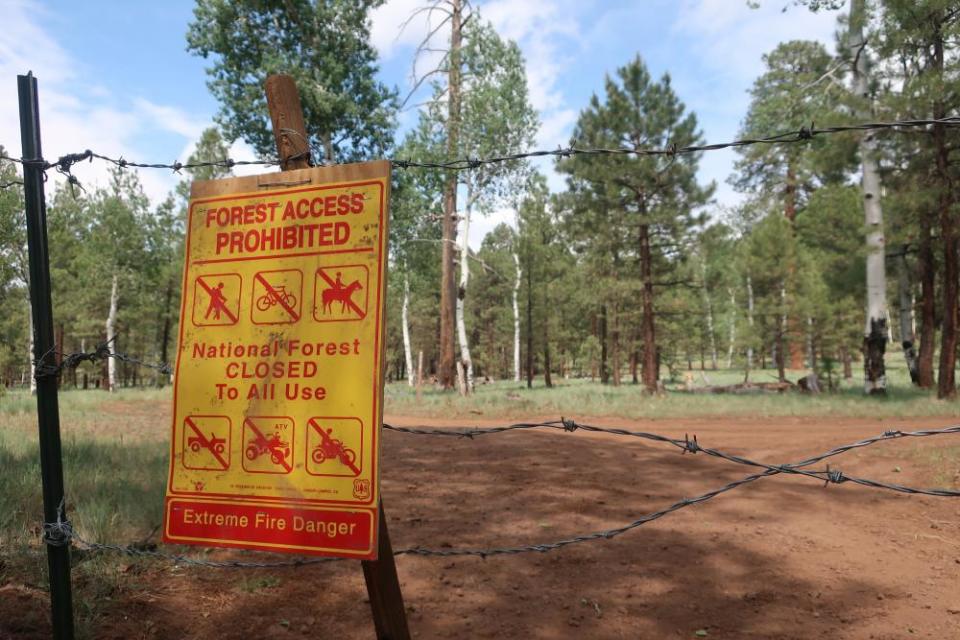
Vaughn is also the books editor at Arizona Highways magazine. Wildfire is changing the Arizona landscape so rapidly that the company is holding off on printing a scenic drives book until summer is over and last minute adjustments can be made. “We are waiting to see what burns,” she says.
A slight reprieve for the Flagstaff area is predicted during the next few days with rain and lower temperatures in the forecast. And a Type 1 Incident Management Team is taking over fighting the Rafael fire at the end of this week. Smith of the forest service says trails and campgrounds will reopen after there has been enough rain to significantly reduce the fire danger. “If we are lucky the closure could only last a week,” he says, acknowledging that is unlikely. Or, the lockdown could last until September if it is a stingy monsoon season.
Alicyn Gitlin, Grand Canyon program coordinator for the Sierra Club and a resident of Flagstaff for 23 years, is encouraging her fellow outdoor enthusiasts to take a big picture view of this summer’s disappointments. “It is hard to give up our playground but I hope people can respect the idea that the forest needs to heal, the animals need space from us,” she says. “During Covid, nature gave a lot to us. Now we have the opportunity to give something back by staying away.”

